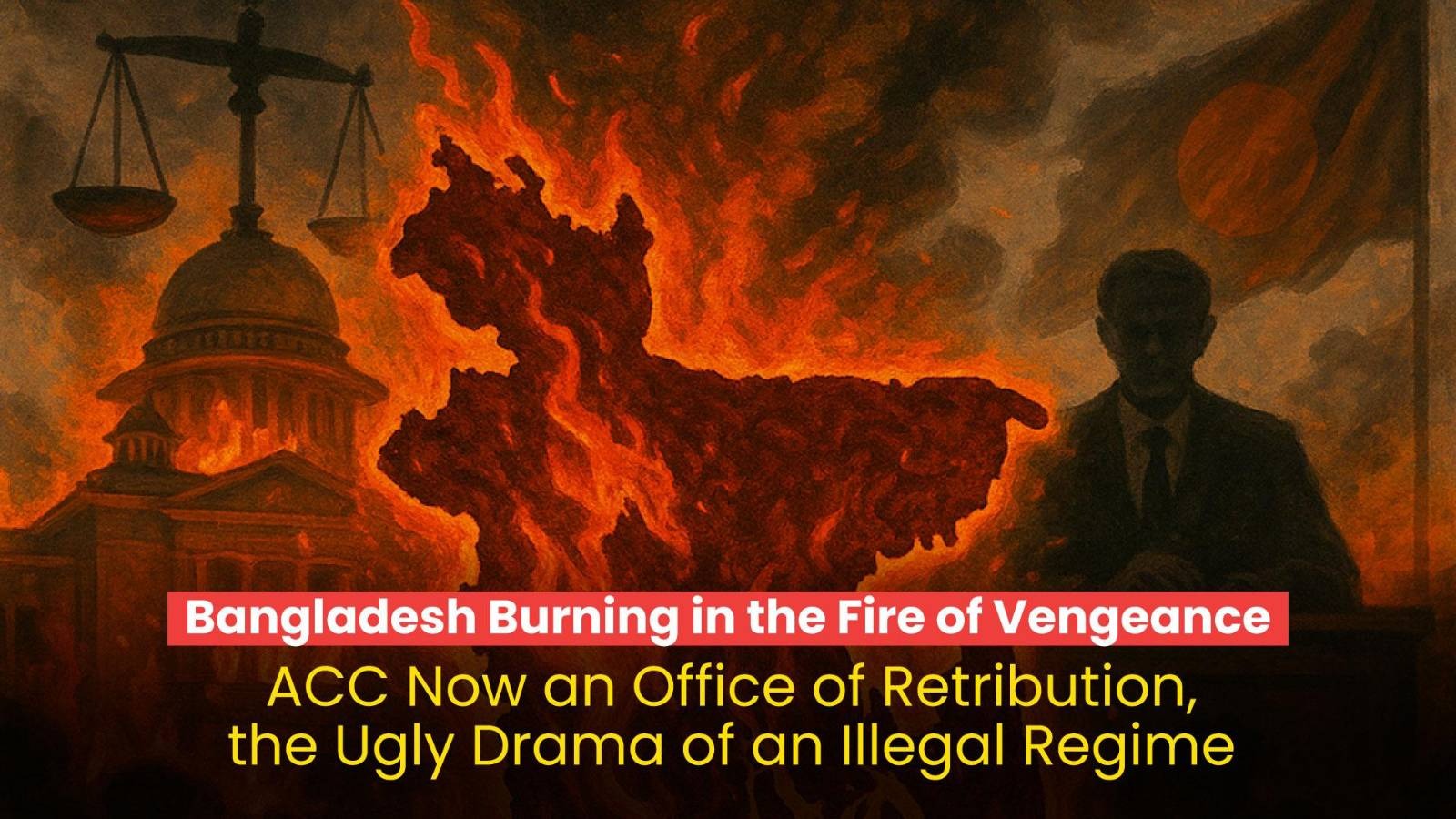3955
Published on February 20, 2020Syed Badrul Ahsan:
Story is always underpinned by substance. It is not history when facts are trifled with. Again, there are all too often the forgotten or sidelined historical realities which need to be retrieved in the interest of adding richness to the future, for it is the past that reaches out to the times to be.
There is much that we need to do when the history of Ekushey is the staple of conversation. To be sure, there are the nuggets of conventional knowledge we are all acquainted with regarding the happenings on that tragic day in 1952.
The sacrifices of the young men we revere as the earliest of Bengali martyrs for the cause of their nation are deeply ingrained in our collective national soul. They fell to the enemy that was the state, a country they thought was theirs in that properly constitutional sense of the meaning.
Today, at this remove in time, it is a moment for us to recall them, to mourn their passing, to reflect on the sudden death which came to them.
Together with a recapitulation of the history of Ekushey, of the particular day in question, must come other points of history we have sadly chosen not to remember.
There is of course the venerable Dhirendranath Dutta, that heroic parliamentarian who spoke for all of us in the Pakistan constituent assembly, to inform what was fast becoming an entrenched West Pakistani ruling class that Bengalis were Pakistan’s majority, which was why their language deserved to be one of the means of communication, beside Urdu and English, employed in the deliberations of the house.
Dutta thus became a marked man and was, in the eyes of men like Liaquat Ali Khan, a traitor. The Pakistan army murdered Dutta 23 years later.
There are the individuals we have not remembered, people whose pioneering role in and around February 1952 should have enriched our historical narrative.
Hamidur Rahman and Novera Ahmed were the souls behind the original architectural design of the Shaheed Minar. Much of what they envisaged about the language memorial was not to be accommodated, for reasons which remain as inscrutable as they were in those early days.
The essence of their creativity, though, has remained somewhat. Our schools do not teach these truths, and other truths, to our children. That renders the historical narrative hollow.
We have not remembered the earliest attempts by a few students of Dhaka University to build a rather rudimentary Shaheed Minar near the spot where the police fired into the crowd of young protesters. A day after it was inaugurated, the security forces made sure that it would cease to exist.
They reduced it to dust, in sheer malevolence.
Abu Hossain Sarkar died uncared for and unmourned on a spring day in 1969. Hardly any Bengali remembers him or recalls that he was once chief minister of East Pakistan, and that was in the mid-1950s.
His allegiance was to the Krishak Sramik Party. But surely, the biggest contribution he must be remembered for is the Shaheed Minar, or the beginning of the construction of it.
Sarkar’s government, for the very first time after February 1952, declared the anniversary of the killings as Shaheed Dibosh, and had the day observed as a holiday in remembrance of the martyrs.
Abu Hossain Sarkar is a forgotten entity today, to our everlasting embarrassment. There is a paramount need for us to rediscover him for the defining role he played in the advancement of Bengali history. Do we know where he lies buried?
The building of the Shaheed Minar came to an abrupt halt when Iskandar Mirza and Ayub Khan imposed martial law in Pakistan in October 1958. Somewhat later, work on the project resumed, reaching a culmination in 1963.
On February 21, 1963, 11 years to the day of the calamity brought on by Pakistan’s rulers, the Shaheed Minar was inaugurated by the mother of the martyr Abul Barkat.
This is yet one more aspect of national history we have ignored for decades, the consequence being that our understanding of facts related to Ekushey has mutated more into a matter of lethargy than anything else.
The fallout is bad. We project ourselves as ignorant in a reading of the national political narrative.
A look back at 1952 makes it clear that the government of Chief Minister Nurul Amin was responsible for the shootings of February 21. Even as Amin is condemned for the tragedy, we ought to focus on the role played on the day by the non-Bengali chief secretary of the government of East Pakistan, Aziz Ahmed.
The record suggests that it was he who went for the violent action which led to the killing of Bengali young men. This very same Aziz Ahmed was to serve subsequently as Pakistan’s foreign secretary in the Ayub Khan regime and as minister of state for foreign affairs under ZA Bhutto.
Our children need to be told about him and about his antipathy to Bengalis.
The Shaheed Minar was the earliest of target for the Pakistan occupation army on the night of March 25, 1971. It was reduced to rubble by Pakistani gunfire, for the Yahya Khan junta was not willing to tolerate the presence of a powerful symbol of Bengali defiance as it went around trying to smash Bengali nationalism into pieces.
The absolutely vandalized structure was replaced by two bricks and a handwritten note to the effect that it had been turned into a mosque or would soon become a mosque. The crudity was mind-boggling. Murder and mosque became a single story.
History suffers when the details associated with its narration remain unknown or unacknowledged. Ekushey February is a far bigger chapter in our story than we have been given to understand thus far.
Writer: Journalist and biographer














